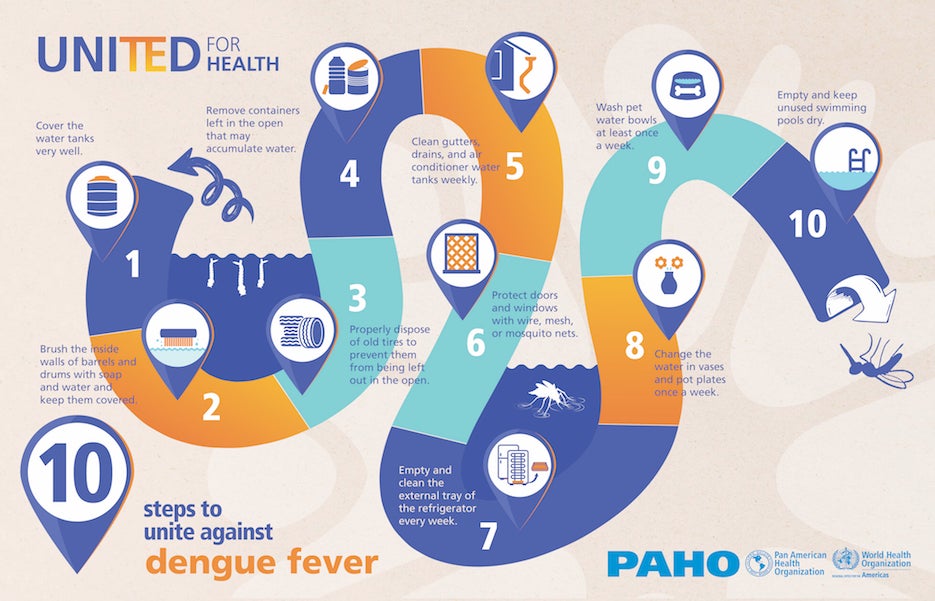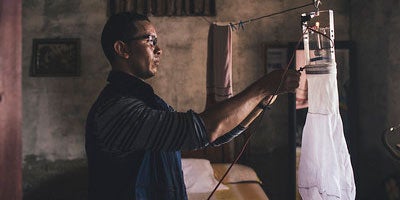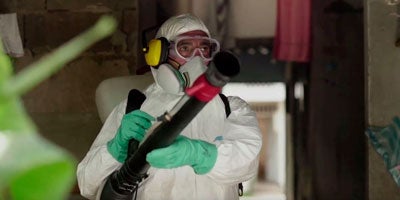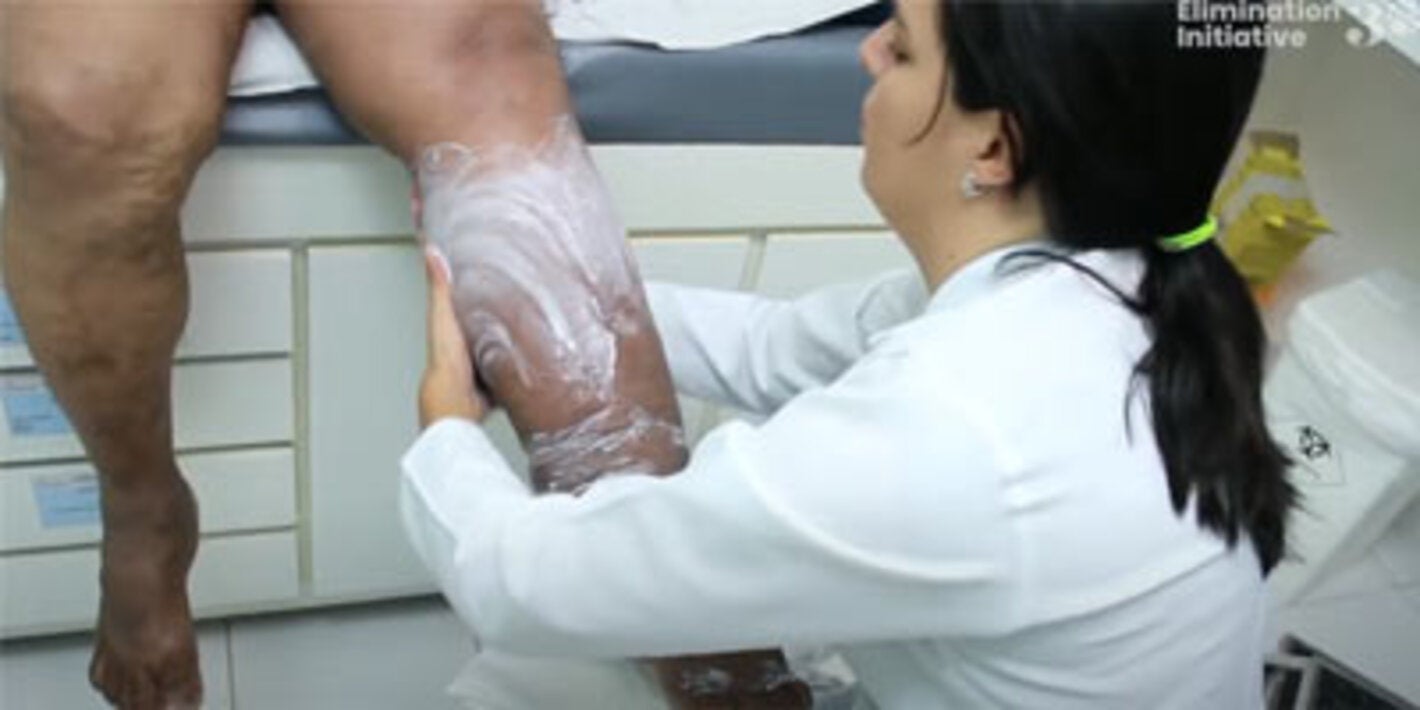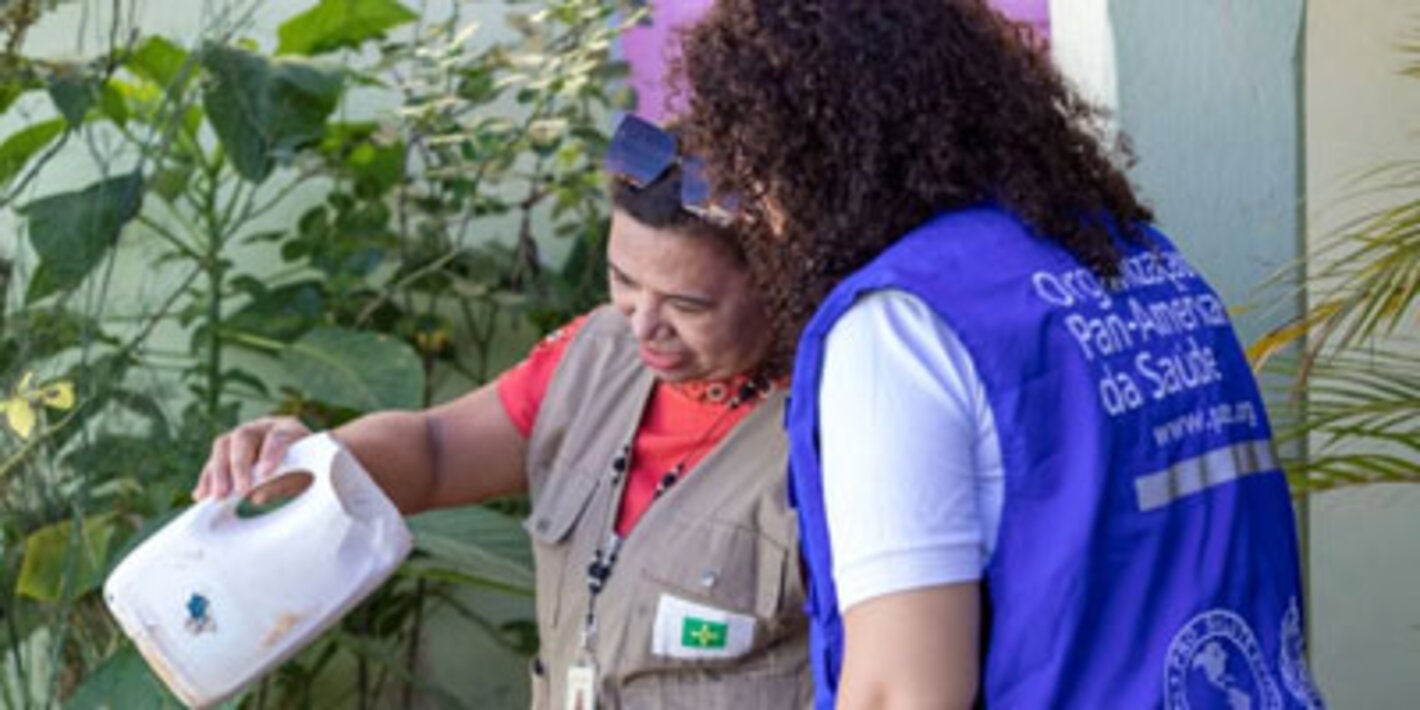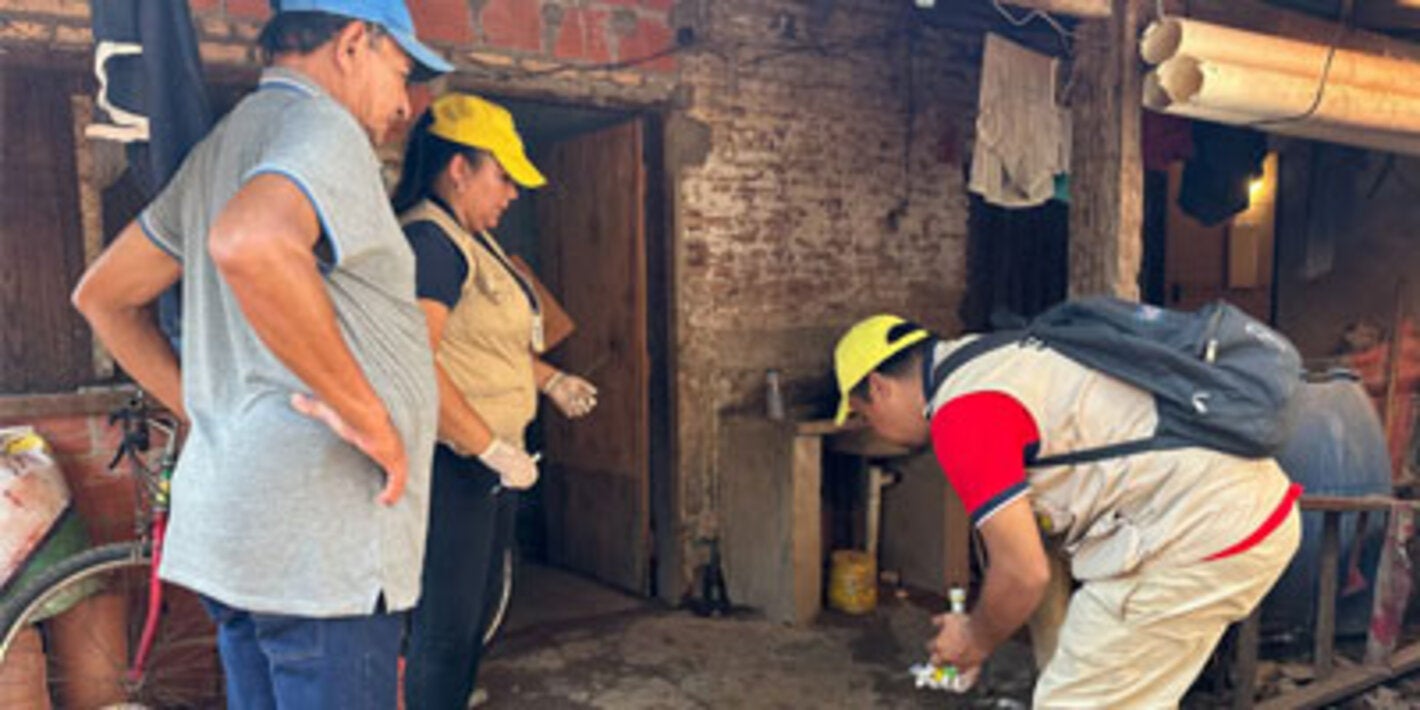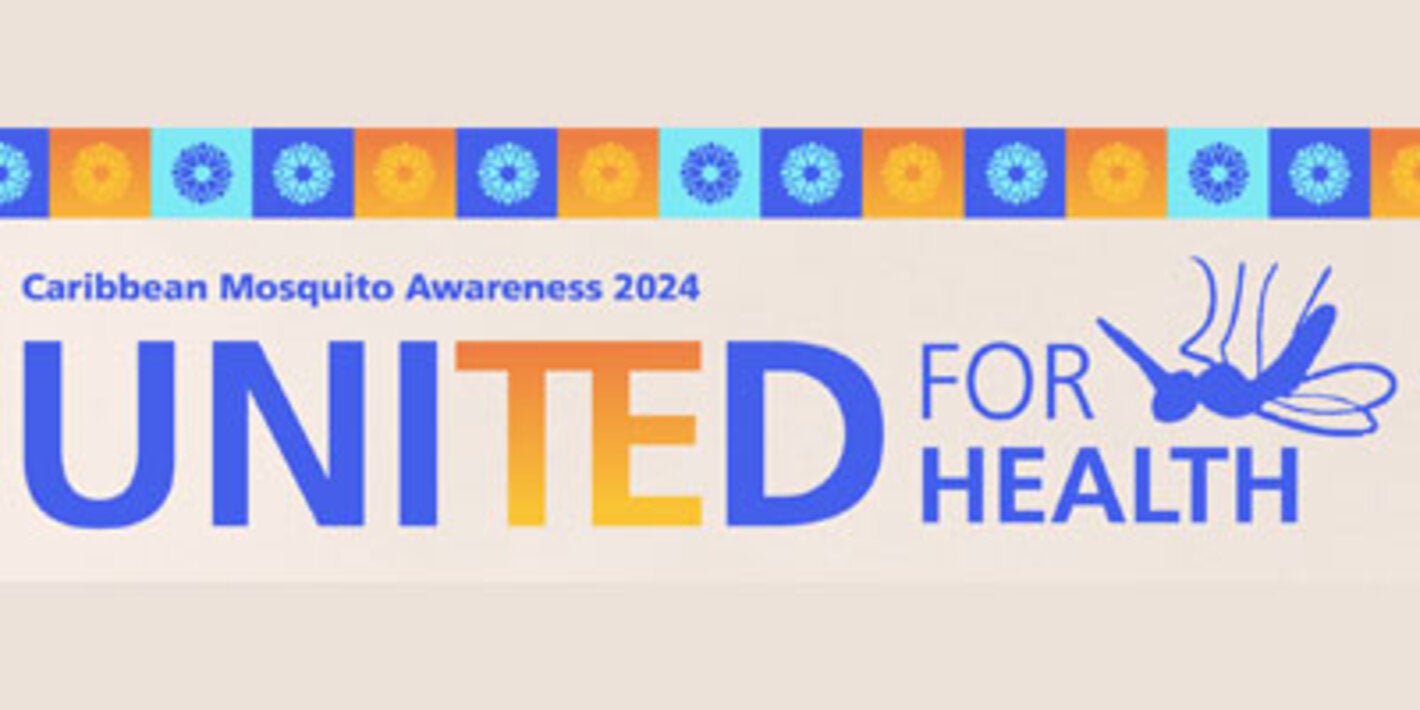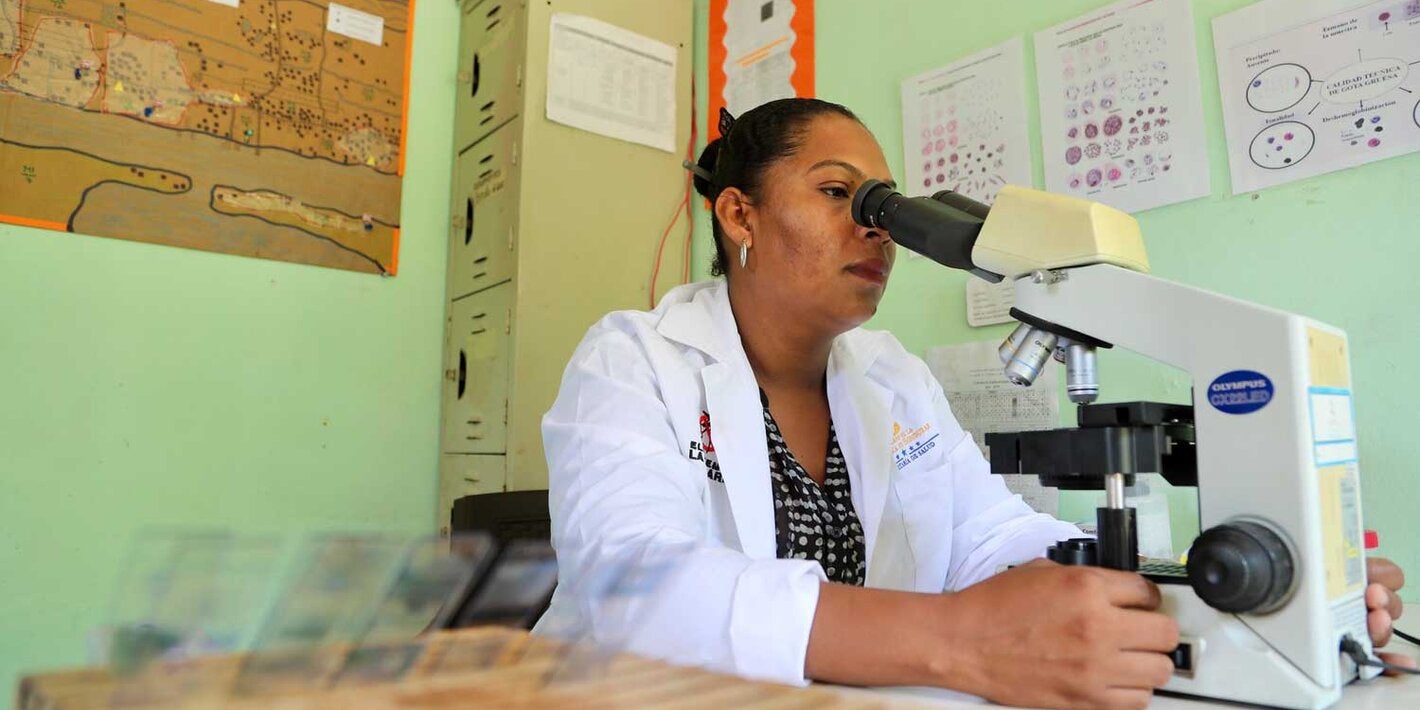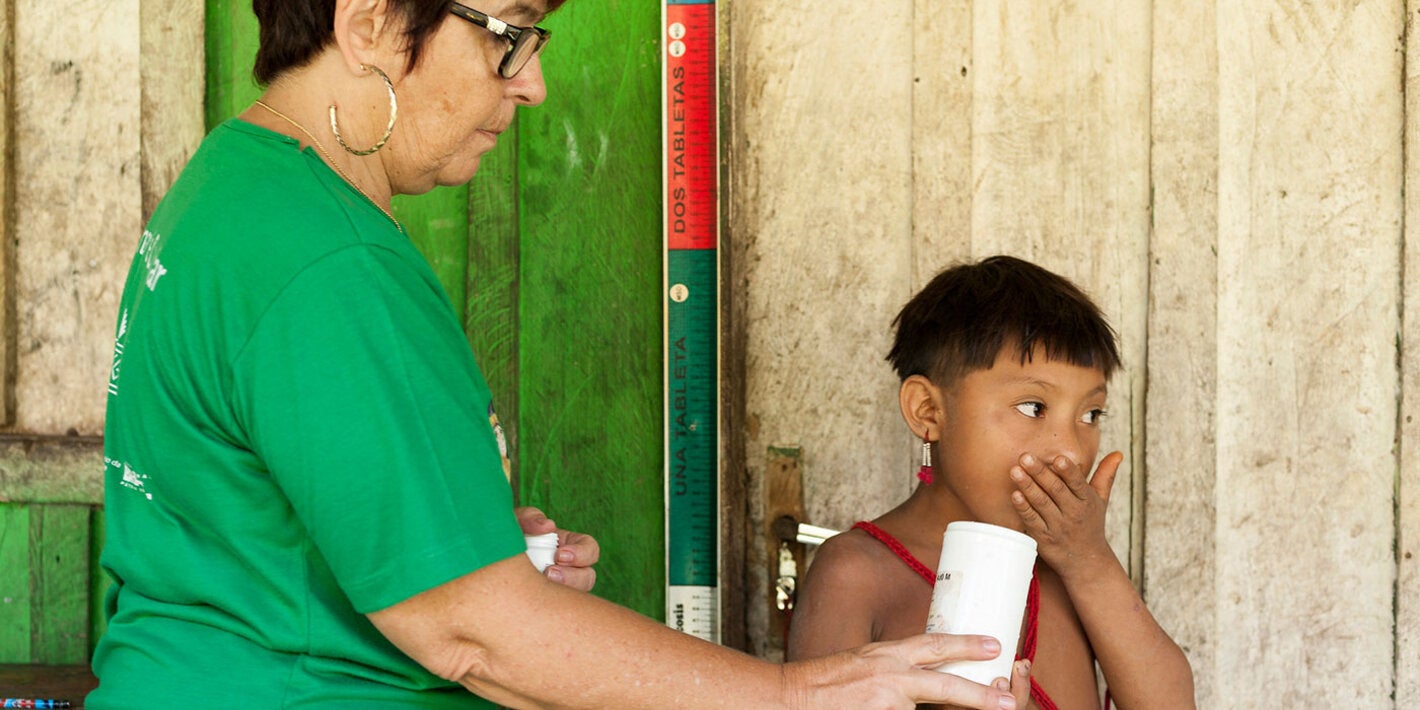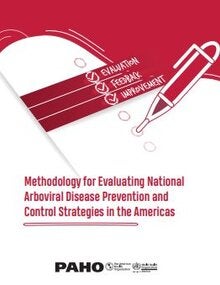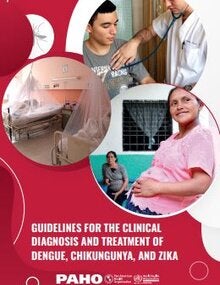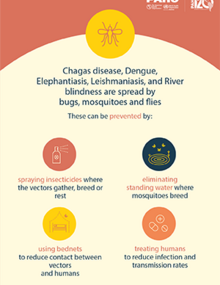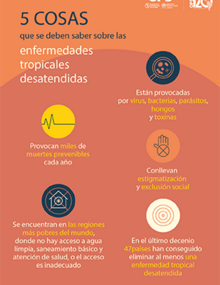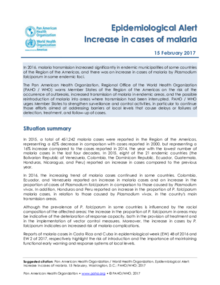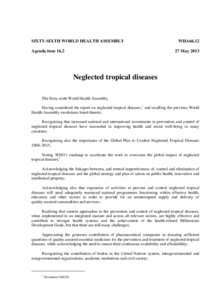SUBMENU
Vector-borne diseases of public health importance are those infectious diseases spread by some organisms, such as insects and snails, which carry viruses, parasites and bacteria to humans. These diseases cause a high burden of illness and death for individuals, their families and communities, as well as high health costs and burdens of countries' health systems.
In recent years, in the region of the Americas, with the appearance of new arboviruses such as those transmitted by Zika and chikungunya, in addition to those already are endemic such as dengue fever and yellow fever, represent a challenge for the health systems, since requires the improvement of clinical and laboratory diagnosis, epidemiological surveillance, and control of mosquito populations to prevent the transmission of diseases, and avoid serious consequences in the population.
With the objective of strengthening regional and national capacity for prevention and control of key vectors, PAHO/WHO has been implementing the “Plan of Action on Entomology and Vector Control 2018-2023” in order to contribute to the reduction of the spread of vector-borne diseases. The activities of the Action Plan are intended to support the strategic lines of action to achieve compliance with the goals, milestones, and objectives of the “Global response for vector control 2017-2030”:
- Multilevel Integration Dimension
- Strengthen interprogrammatic, intrasectoral and intersectoral action and collaboration in vector prevention and control
- Government and community
- Engage and mobilize regional and local governments and communities, including local health services, for sustainable commitments to entomology and vector prevention and control
- Vector Control Programs and Systems
- Enhance entomological surveillance and vector control monitoring and evaluation, including insecticide resistance monitoring and management
- Tools and interventions
- Test, document and integrate proven and/or novel tools and approaches and scale them on a larger scale when possible and/or necessary
- Workforce and Training
- Create and expand the opportunities for entomologists, entomology technicians and public health workers to receive regular training, continuing education and career development


